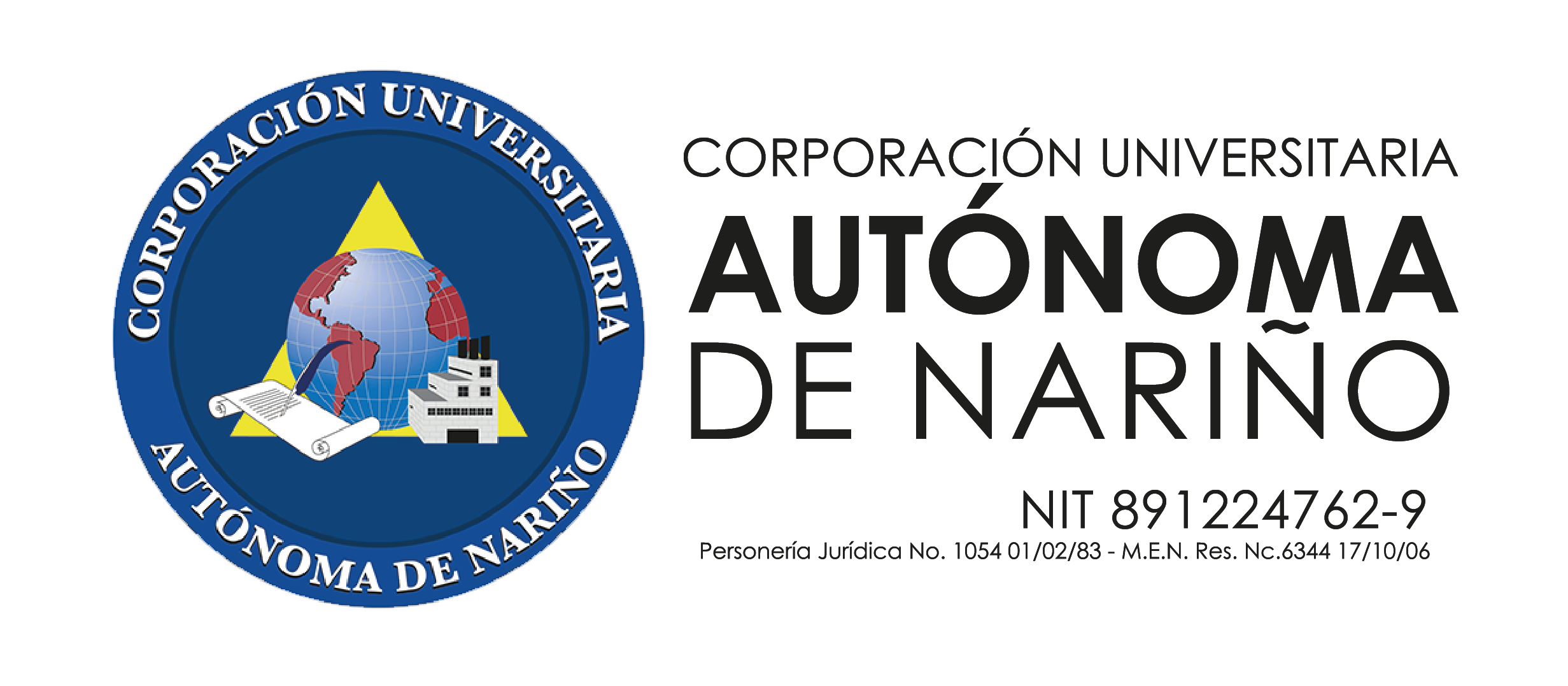The innovation phenomenon in the Netherlands
An empirical view from the application of binary limited response models
DOI:
https://doi.org/10.47666/summa.6.1.7Keywords:
The Netherlands, innovation, economics, descriptive analysis, logitAbstract
This study analyzes the dynamics of innovation in the Netherlands from an empirical perspective that recognizes that the strengthening of the phenomenon under study guarantees an effective economic development typical of a leading economy. Using the World Bank's Business Innovation Survey as a reference, logistic regression models were postulated to identify the factors that were the most influential in innovation in the Netherlands during 2020. Among the results of the application of the models it is revealed that exporting and personnel training significantly incentivized innovation in the 703 Dutch companies surveyed. The insights provided by the findings present opportunities to strengthen the innovation ecosystem by promoting sustainable growth. In conclusion, it is recommended to establish trade agreements that encourage both innovation and the reduction of tariffs and investment in training programs for workers.
Downloads
References
Arias F. (2012). El Proyecto investigación. Introducción a la metodología científica. Caracas. Episteme.
Banco Mundial (2023). Encuesta de Empresas (Netherlands 2020). Recuperado de https://www.enterprisesurveys.org.
Carter, C. F. y Williams, B. (1957). Industry and Technical Progress: Factors Governing the Speed of Application of Science, London: Oxford University Press.
Christofides, L., T. Stengos, and R Swidinsky. “On the Calculation of Marginal Effects in the Bivariate Probit Model.” Economics Letters, 54, 3, 1997, pp. 203–208.
Glantz S.A., & Slinker B.K, & Neilands T.B. (2017). Primer of Applied Regression and Analysis of Variance, McGraw Hill.
Hage, J. (1998). Organizational Innovation. Routledge Taylor & Francis Group
Koster, F. (2022). Knowledge Management and Innovation Performance a MediatedModeration Model. International Journal of Innovation and Technology
Management, 19 (2), . DOI: 10.1142/S021987702250002X
Nelson, R. R. & Winter, S. G. (1993). An Evolutionary Theory of Economic Change. Belknap Press of Harvard University Press.
Salimi, N., Rezaei, J. (2018). Evaluating firms’ R&D performance using best worst method.
Evaluation and Program Planning, 66, pp. 147-155.
DOI:10.1016/j.evalprogplan.2017.10.002
Schumpeter, J. A. (1942). Capitalism, Socialism and Democracy. New York: Harper and Brothers Publishers.
StataCorp (2023). Stata Statistical Software: Release 18. College Station, TX: StataCorp LLC.
Vancauteren, M., Boutorat, A. & Lemmers, O. (2023). Import Competition, Destinations, and Firms’ Patent Strategies. Journal of the Knowledge Economy. DOI:
10.1007/s13132-023-01188-x
Vancauteren, M., Melenberg, B., Plasmans, J., & Bongard, R. (2017). Innovation and productivity of Dutch firms: a panel data analysis. Discussion paper. Statistics Netherlands, The Hague/Heerlen/Bonaire.
Whitley, R., Gläser, J. & Laudel, G. (2018). The Impact of Changing Funding and Authority Relationships on Scientific Innovations. Minerva, 56, pp. 109–134. DOI:
10.1007/s11024-018-9343-7
World Intellectual Property Organization (WIPO) (2022). Global Innovation Index 2022: What is the future of innovation-driven growth? Geneva: WIPO. DOI
10.34667/tind.46596








